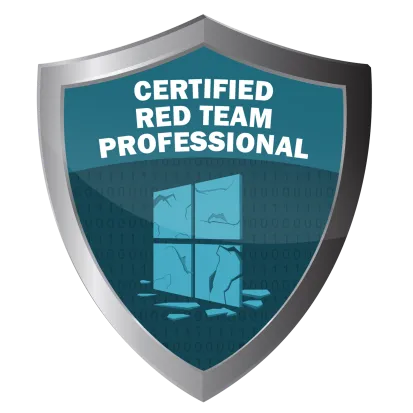Application Penetration Testing Services
Discover critical vulnerabilities across your web, mobile, and desktop applications. CREST-certified testing tailored to real-world threats and compliance.
The Evolving Threat Landscape
Why Application Security Matters
Applications are at the core of your business, and so are their risks. From web and mobile apps to APIs, operating system builds, thick clients, and back-end databases, attackers target vulnerabilities across the entire stack. A strong application security strategy identifies and mitigates threats before they can be exploited, protecting your data, reputation, and compliance posture. Our testing approach is guided by globally recognised standards and proven expertise, backed by industry-leading certifications.
Trusted by
Global Enterprises
Benefits of Application Penetration Testing
Regular security testing of your applications helps prevent costly breaches, ensures regulatory compliance, and safeguards critical data across web apps, APIs, mobile platforms, thick clients, operating systems, and databases. Our manual-first approach, guided by recognised standards, delivers actionable insights to reduce risk and improve resilience.
Aligned with CREST, OWASP Top 10, MITRE ATT&CK, PCI DSS, HIPAA, NIST 800-53, CIS Benchmarks, and other globally recognised standards including DORA, TIBER-EU, and NCSC guidance.
Reduce Exposure to Real-World Threats
Verify the Effectiveness of Security Controls
Improve Process & Policy Resilience
Achieve & Maintain Regulatory Compliance
Strengthen Overall Cyber Defence
Build Stakeholder Trust with Independent Testing
Tailored Penetration Testing Strategies Based on Risk and Access Levels
Choose the testing approach that aligns with your security objectives—ranging from full simulation of external threats to in-depth collaborative assessments. Each method provides unique insights into your application’s resilience and security posture.
Black Box Testing
Grey Box Testing
White Box Testing
What We Test & How We Approach It
From web apps and APIs to operating system builds and third-party integrations, we cover the full application stack. Our assessments follow a methodical, risk-based approach, aligned with globally recognised standards, to uncover both technical and process-level weaknesses before adversaries do.
We simulate real-world attacks to uncover vulnerabilities in public and internal web applications and APIs, including authentication issues, injection flaws, misconfigurations, and logic errors — all mapped to the OWASP Top 10 and beyond.
Our mobile assessments cover Android and iOS platforms, inspecting both client-side and API communications. We test for insecure storage, broken authentication, reverse engineering risks, and poor session handling.
We review desktop-based and client-server applications to identify memory manipulation issues, insecure protocols, local privilege escalations, and data handling weaknesses — using both static and dynamic techniques.
Our database assessments focus on misconfigurations, excessive privileges, injection flaws, encryption weaknesses, and other vectors that could lead to data compromise or unauthorised access.
We assess risks introduced through third-party modules, libraries, SDKs, and plugins. This includes supply chain issues, trust boundaries, and poor API hygiene that could be exploited by adversaries.
We evaluate hardened builds of Windows, Linux, and other operating systems for deviations from best practices, insecure services, misconfigured permissions, unnecessary features, and privilege escalation paths.















